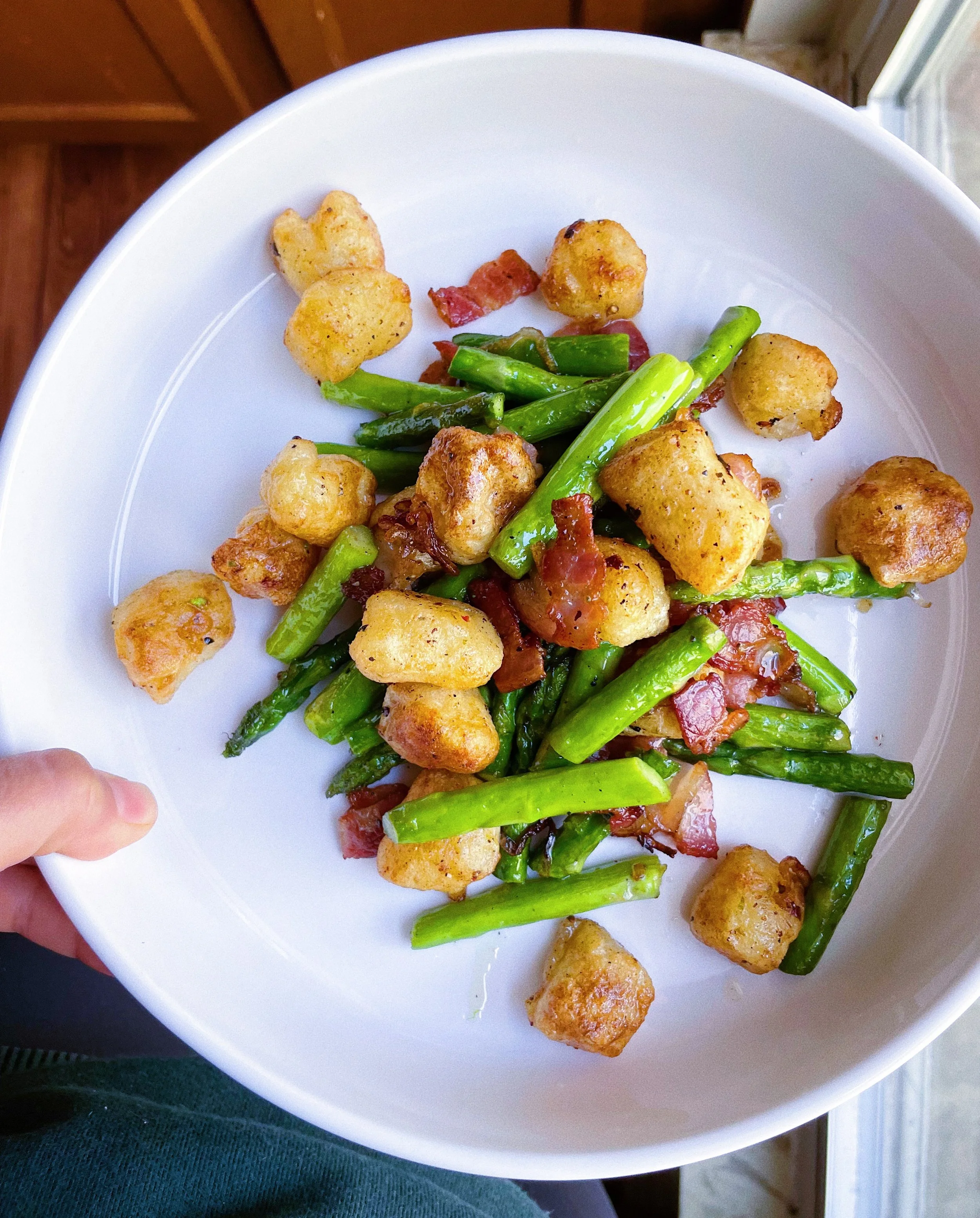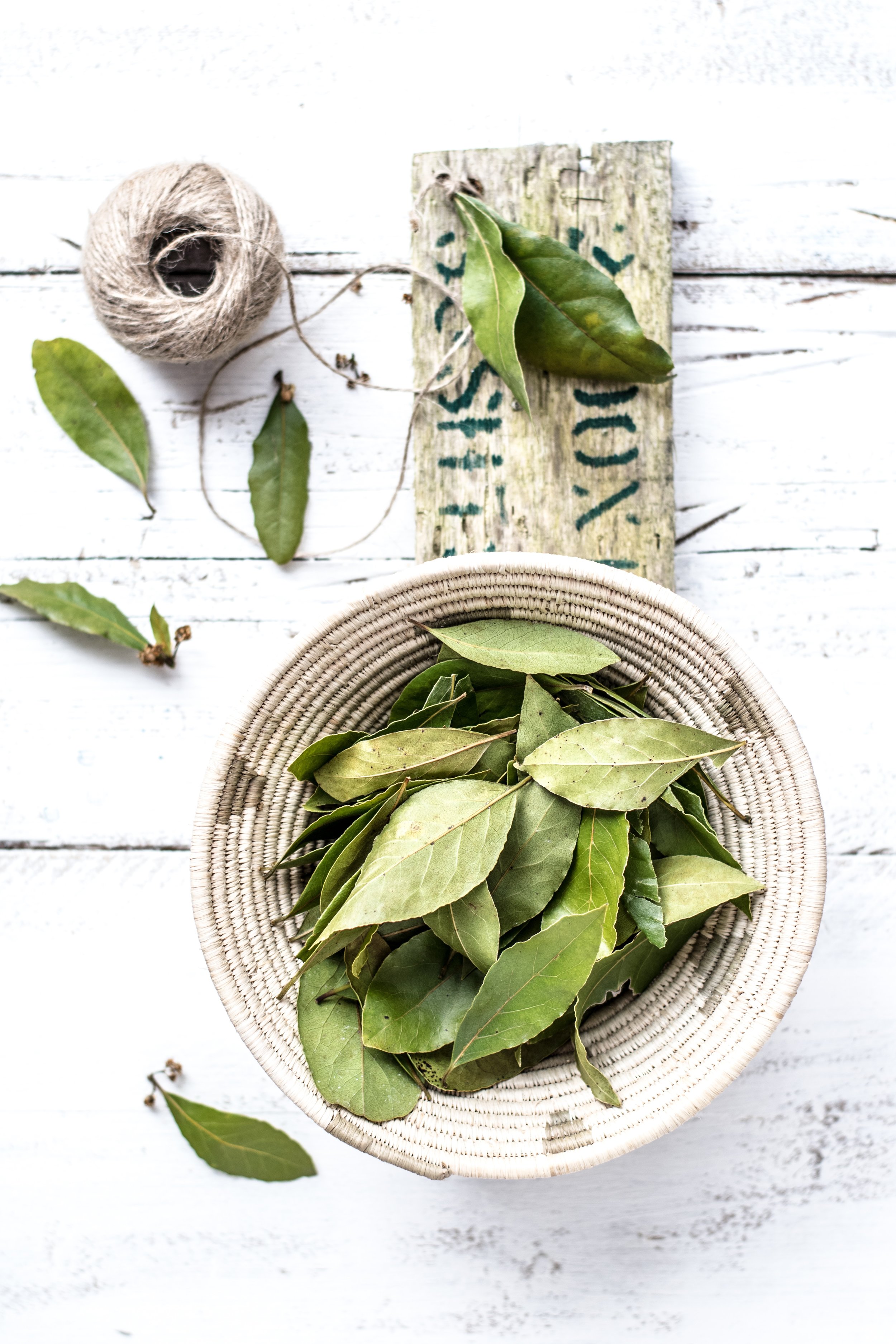
Parsnips - the underrated root veg. Have you had them before? They look like white carrots. They’re a little sweet. Creamy on the inside when roasted. I LOVE them!
My favorite thing to do with them is cut them into strips and make parsnip “fries” but you can also cut them in whatever shape you like and roast them with some oil, salt and pepper. You can also steam and mash them (think with mashed potatoes or cauliflower), use them in soups and stews. I consider them a highlight of the winter vegetable selection. They’re sweet and creamy and have a very grounding quality to them
Lucky for me (and you!) they’re also chock full of compounds that support our health. Let’s check it out (1):
Parsnips have an impressively high vitamin C content, making them great for our immune system and eye health.
They’re high in fiber, which keeps the good bacteria in your gut happy and also keeps everything moving so you avoid constipation.
Folate - just 1/2 cup of parsnips contains 11% of your daily folate, which is pretty awesome! Folate is an essential nutrient that we need for gum health, brain health and to avoid birth defects.
Parsnips also contain manganese, which supports bone health.











